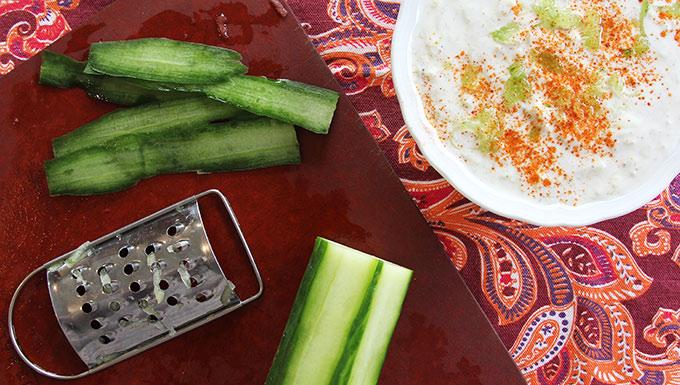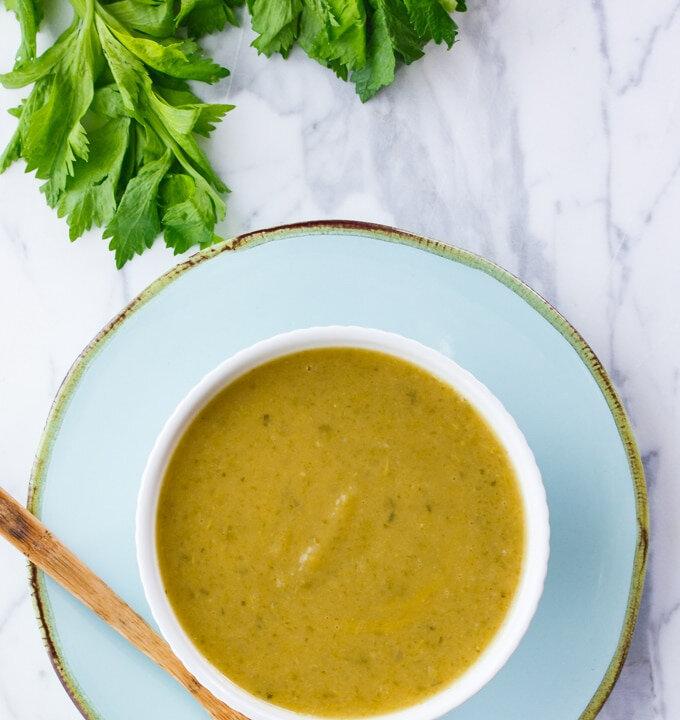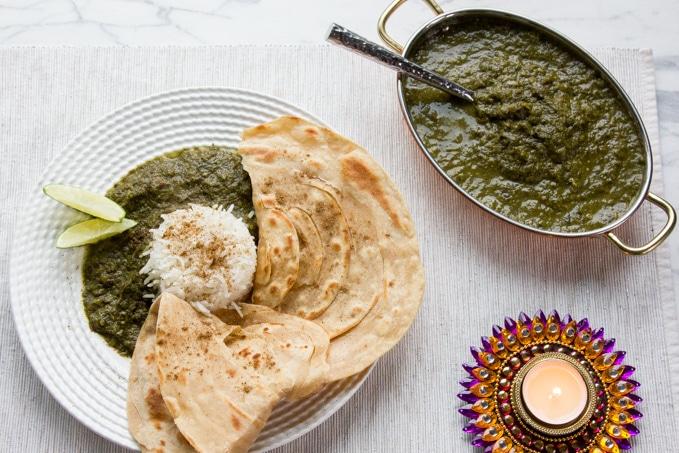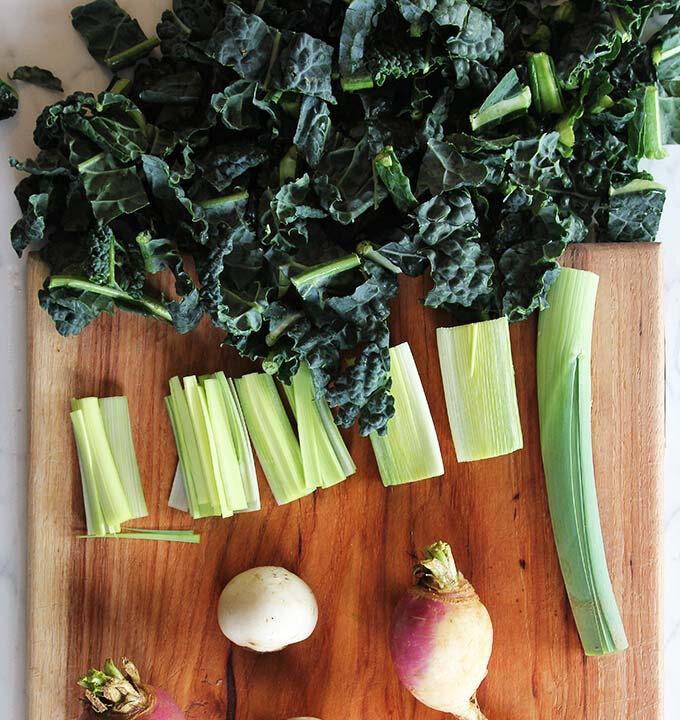Raita is an Indian condiment of savory yogurt comparable to a salad in Western cuisines. Both serve as a balancing, cooling element in the meal.
Raita is popular throughout India, served alongside flavorful rice dishes, curries, and flatbreads. According to NDTV (New Delhi Television), a simple raita can be seen in every household in India.






